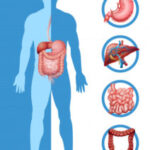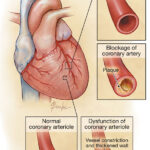The more common sleep studies monitor and record data about your body during a full night of sleep. Other types of sleep studies include multiple sleep latency and daytime maintenance of wakefulness tests. Multiple sleep latency tests measure how quickly you fall asleep during a series of daytime naps and use sensors to record your brain activity and eye movements. A daytime maintenance of wakefulness test measures your ability to stay awake and alert.
Sleep studies can help your doctor diagnose sleep-related breathing disorders such as sleep apnea, sleep-related seizure disorders, sleep-related movement disorders, and sleep disorders that cause extreme daytime tiredness such as narcolepsy. Doctors also may use sleep studies to help diagnose or rule out restless legs syndrome.
Your doctor will determine whether you must have your sleep study at a sleep center or if you can do it at home with a portable diagnostic device. If your sleep study will be done at a sleep center, you will sleep in a bed at the sleep center for the duration of the study. Removable sensors will be placed on your scalp, face, eyelids, chest, limbs, and a finger. These sensors record your brain waves, heart rate, breathing effort and rate, oxygen levels, and muscle movements before, during, and after sleep. There is a small risk of irritation from the sensors, but this will go away after they are removed.
Your doctor will review your sleep study test results and develop a treatment plan for any diagnosed sleep disorder. Untreated sleep disorders can raise your risk for heart failure, high blood pressure, stroke, diabetes, and depression. Sleep disorders also have been linked to an increased risk for injury and car accidents.



